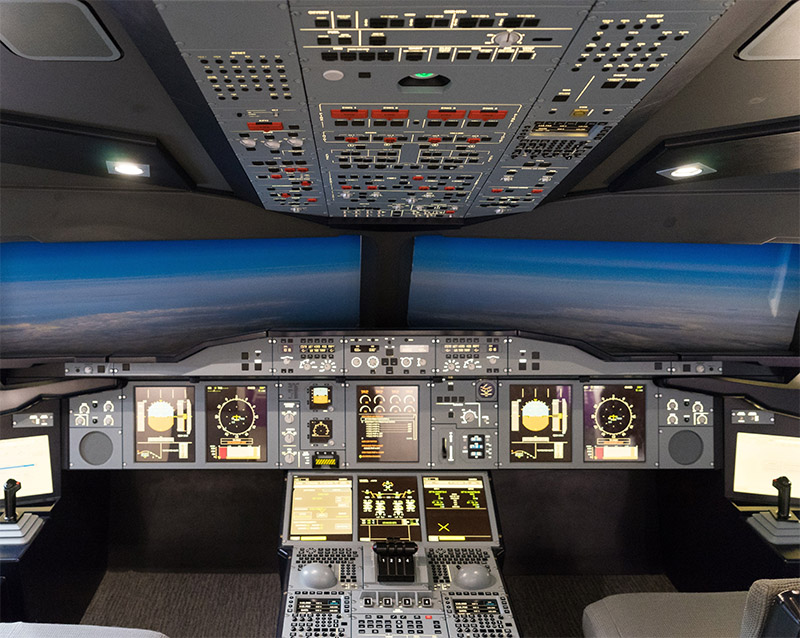What We do
Human Factors
SST applies a multi-disciplinary approach involving such areas as engineering psychology, ergonomics and anthropometry, cognition psychology, and industrial design in the analysis of system requirements to usability testing by employing established evaluation techniques. These include cognitive task analysis (CTA), user-centered designs, computer human interface (CHI) studies, on-site inspections and evaluations, the use of focus groups, and structured human-in-the-loop (HITL) studies.
Get In Touch

Areas of Expertise
Human Factors Analysis
SST conducts Human Factors Analysis to ensure that the characteristics of the user are fully integrated into the design of the system. It is in this area that the human’s cognitive, perceptual, and physical capabilities needed to efficiently operate, maintain, and support the system (or ancillary equipment) are evaluated. To minimize the potential for human error and the risk for injury, both a System Safety and Health Hazard Risk Assessment are also employed. Safety hazards associated with the design characteristics or operation of the system, such as those involving mechanical components, and features which may result in more serious bodily injury or cumulative physical impairment, such as noise, vibration, and temperature, are assessed and either eliminated through design modifications or controlled through changes in operational procedures.
Case Study
Using Journey Mapping to Visualize Patient Experiences for Quality Improvement Initiatives
Manpower/Human Performance Evaluation
SST conducts Manpower or Human Performance Evaluation to determine if the human resources allocated to operate and maintain the system are adequate to meet its demands. Often deficiencies in manpower lead to an increase in operational workload and a corresponding reduction in human performance and safety. New or modified system requirements may also impact the ability of the target user population to operate the system under all of the conditions and environments anticipated.
Human-in-the-Loop (HITL) Studies
SST performs all phases of HITL simulation, from planning, development and shakedown to data collection, processing, and analysis using operational personnel. During HITL studies and other operational evaluations, we conduct operator assessments, as well as construct evaluations such as situational awareness (SA) and workload. SST employs these interactive simulations to quantify both motor and cognitive skills using recognized methods and metrics, including survey methodologies, and physiological measures such as electroencephalography (EEG), heart rate variability (HRV), and eye tracking. We also develop novel performance, SA, and workload measurement techniques, and tailor existing techniques to meet the needs of our customers and their specific testing and evaluation requirements.

